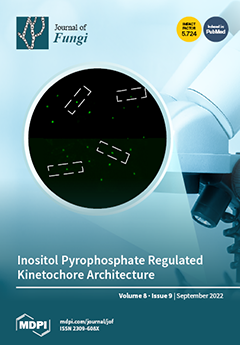Combination antifungal therapy is widely used but not well understood. We analyzed the spectrophotometric readings from a multicenter study conducted by the New York State Department of Health to further characterize the in vitro interactions of the major classes of antifungal agents against
Candida spp. Loewe additivity-based fractional inhibitory concentration index (FICi) analysis and Bliss independence-based response surface (BIRS) analysis were used to analyze two-drug inter- and intraclass combinations of triazoles (AZO) (voriconazole, posaconazole), echinocandins (ECH) (caspofungin, micafungin, anidulafungin), and a polyene (amphotericin B) against
Candida albicans,
C. parapsilosis, and
C. glabrata. Although mean FIC indices did not differ statistically significantly from the additivity range of 0.5–4, indicating no significant pharmacodynamic interactions for all of the strain–combinations tested, BIRS analysis showed that significant pharmacodynamic interactions with the sum of percentages of interactions determined with this analysis were strongly associated with the FIC indices (Χ
2 646,
p < 0.0001). Using a narrower additivity range of 1–2 FIC index analysis, statistically significant pharmacodynamic interactions were also found with FICi and were in agreement with those found with BIRS analysis. All ECH+AB combinations were found to be synergistic against all
Candida strains except
C. glabrata. For the AZO+AB combinations, synergy was found mostly with the POS+AB combination. All AZO+ECH combinations except POS+CAS were synergistic against all
Candida strains although with variable magnitude; significant antagonism was found for the POS+MIF combination against
C. albicans. The AZO+AZO combination was additive for all strains except for a
C. parapsilosis strain for which antagonism was also observed. The ECH+ECH combinations were synergistic for all
Candida strains except
C. glabrata for which they were additive; no antagonism was found.
Full article






